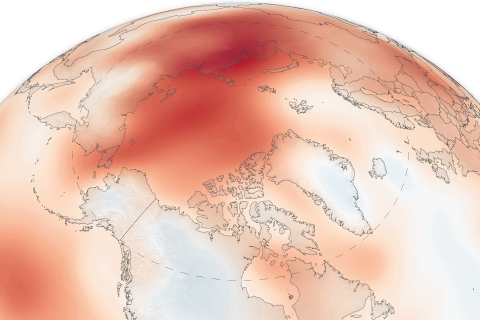
The 15th installment of NOAA's Arctic Report Card NOAA's 15th Arctic Report Card catalogs the numerous ways that climate change continues to disrupt the polar region.

The 15th installment of NOAA's Arctic Report Card NOAA's 15th Arctic Report Card catalogs the numerous ways that climate change continues to disrupt the polar region.

October 2020 was the fourth warmest October on record dating back to 1880, which makes it the lowest-ranked month so far in 2020.

Warmer conditions will pose new challenges for producers of Americans’ favorite side dish but advance knowledge and innovation will help potato growers prepare.

New USGCRP indicator based on NOAA fisheries data shows bigger shifts in the North Atlantic than the Bering Sea.
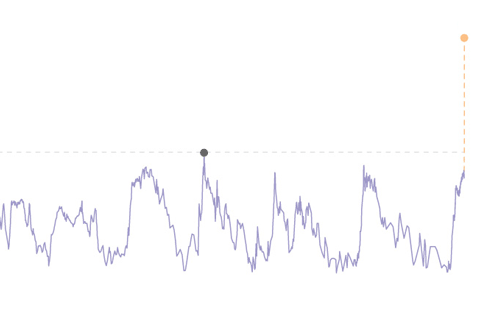
Fossil fuels are the only source of carbon dioxide large enough to raise atmospheric carbon dioxide amounts so high so quickly.

From larger, more intense wildfires to more frequent flash floods, global warming has added to the rising cost of natural hazards. Current spending on infrastructure isn't enough to cover repairs and upgrades.
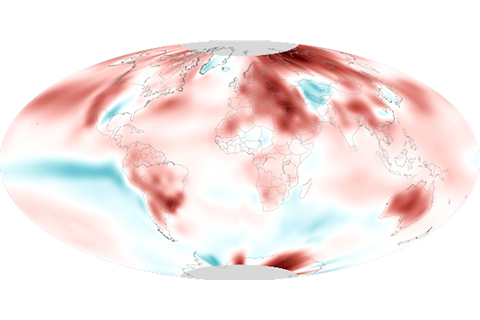
September 2020 was the hottest September on record for the globe, continuing a sweltering year.
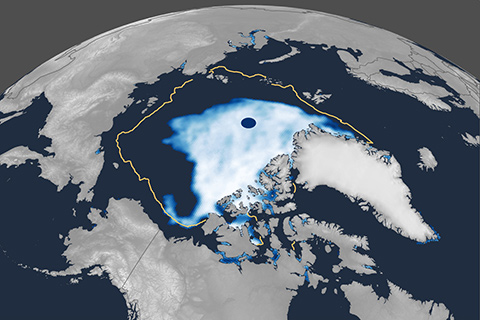
Arctic sea ice extent likely reached its annual minimum for 2020 on September 15. For the second time in the satellite record, sea ice extent dipped below 1.5 million square miles (4 million square kilometers).
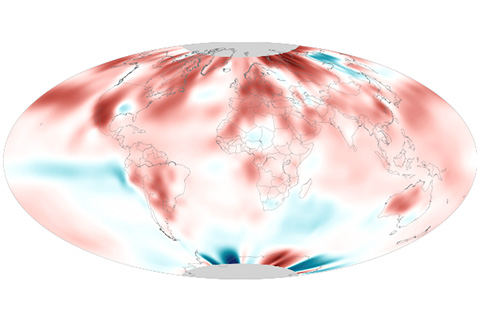
August 2020 was the second-hottest August on record, and it ended the hottest summer on record for the Northern Hemisphere.